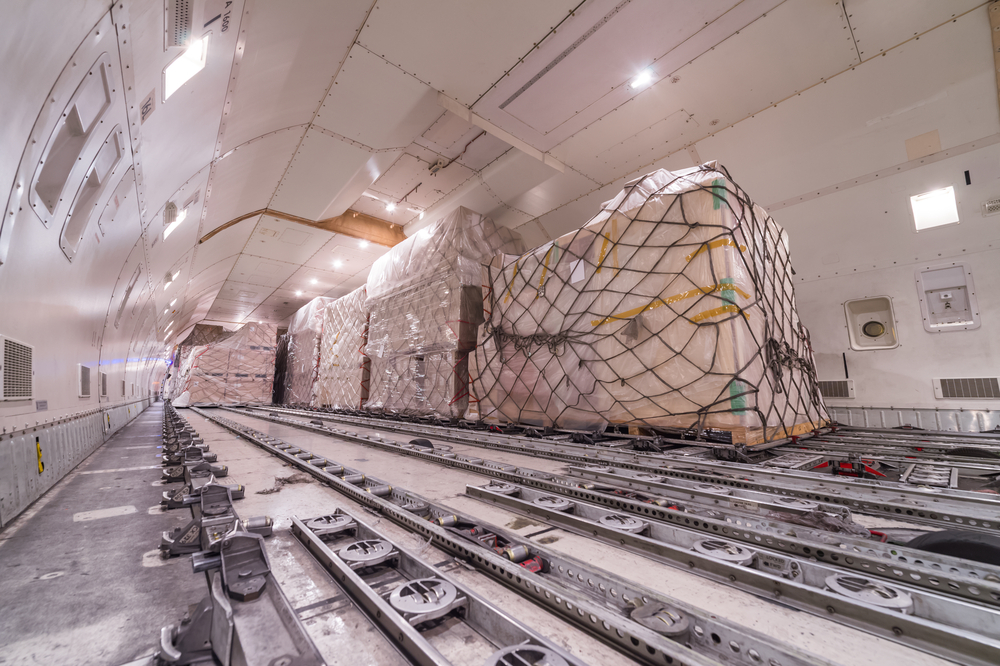Putzger perspective: Air cargo price increases a drop in the ocean
01 / 11 / 2021

Credit: tratong/ Shutterstock
If the global logistics industry were to stage a popularity contest, there are some safe bets as to who would be at the bottom of the rankings this year.
Without a doubt, it would take a huge effort to outperform the container shipping lines in the race to the bottom.
Container lines have gone from chronic tight margins to a bonanza of riches during the past year, as demand shot through the roof, allowing them to impose eye-watering charges on their clientele.
If you thought that airfreight rates defied gravity in their upward momentum, this has been modest compared to container rates.
The charge for moving a 40 ft container from Shanghai to Los Angeles has soared from around $1,800 to $20,000.
On a per kilo basis the differential between air and ocean rates has imploded from around 13:1 in September 2019 to less than 4:1.
Adding insult to injury, container lines have ignored contracts, charge a premium to load cargo – despite on-time records below 20% – and hit importers with hefty demurrage charges for cargo stuck at congested ports.
No wonder importers have called on the US administration to scrutinise ocean carriers’ charging practices.
In comparison air cargo carriers have been models of restraint in their pricing.
Hopefully they will continue to strike a balance between the opportunity to earn much needed money and serving their customers.
If they do see a need to squeeze customers harder or drop them altogether in favour of more lucrative business, at least they should avoid tactics like an announcement by FedEx to some 1,400 large clients on a Friday in June that as of the following Monday it would no longer pick up their freight.
IATA chief Willie Walsh is not impressed with the antics of some partners of the airlines, namely airports and navigation services providers that are raising charges in order to recoup lost revenues.
From the latter group he lambasted the organisations in Canada, Ethiopia and Europe for increases between 30% and 40%.
Turning to airports, he noted “a spate of large increases” in the US, the plan of Airports Company of South Africa to raise charges by 38% next year and Amsterdam Schiphol’s plan to go up 40% over three years.
“And Heathrow is off the chart with a proposed 90% increase next year,” he concluded.
That’s hardly the spirit of collaboration.













